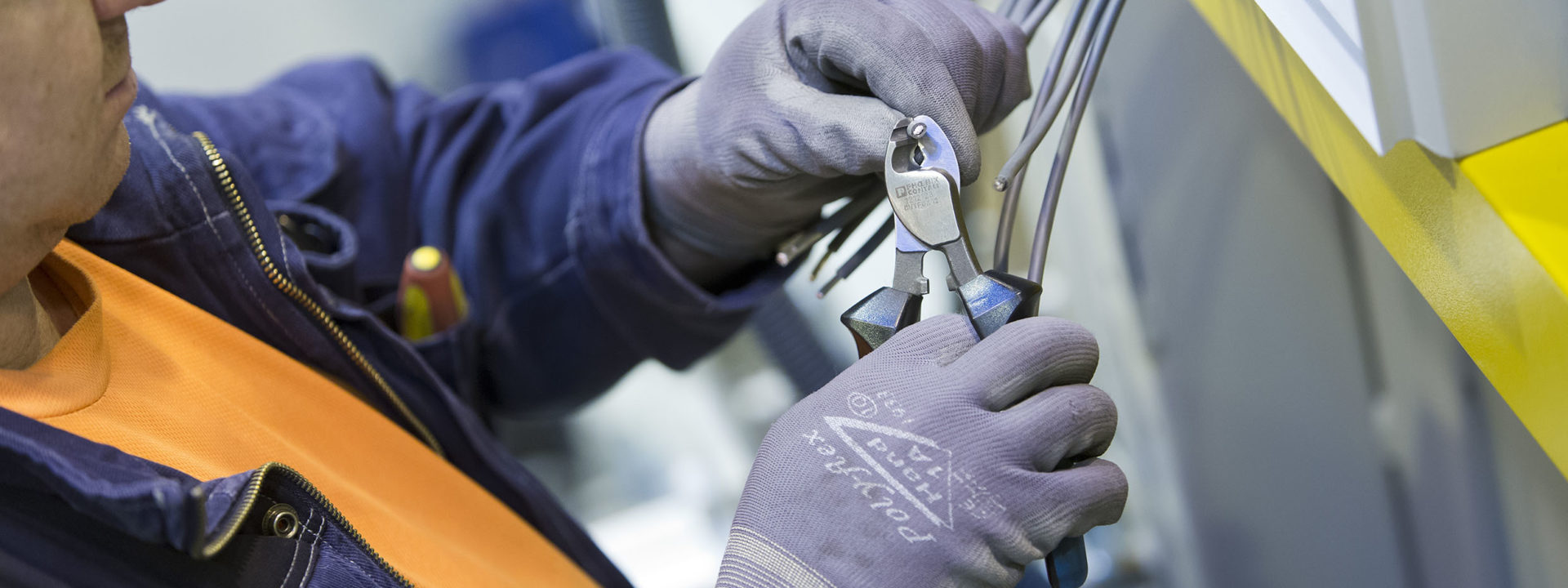
Did you know that the laminating line maintenance cost can vary greatly depending on your specific technology? For example, furnaces with infrared heating technology require much more maintenance and involve higher maintenance costs.
Regular maintenance can keep your line running smoothly year after year. However, there are other factors that can help you save thousands in maintenance costs.
It goes without saying that old and outdated equipment tends to break down more frequently, forcing you to go to the expense of urgent maintenance at inopportune times. But even newer equipment has pitfalls.
As long as maintenance is performed according to instructions, basic maintenance of conveyors, washing machine, lifters and other parts of the laminating line is actually a relatively small cost. Neglecting recommended maintenance can cause increased maintenance costs as well unexpected production breaks due to issues with the line.
Often the largest cost comes from having to replace burned-out heating elements frequently. In fact, this often turns into a rather massive annual cost, which should have been considered upfront. And of course, on top of actual heater costs you need to consider downtime of the line, labor as well as possible quality costs caused by broken heaters.
It’s good this mainly concerns laminating furnaces with infrared heating technology. The lifetime of the infrared lamps is still rather short for this kind of application.
Alternatively, a convection furnace offers a much more robust and low-maintenance solution. Its heating elements can last even decades and are also much cheaper compared to infrared lamps. So, convection furnaces require less maintenance and provide higher uptime in day-to-day operations.
It’s also important to consider the line’s serviceability factor. Complex component configuration and furnace design call for more time-consuming – and cost-intensive – activities associated with future maintenance needs.
Ideally, the line should be designed to simplify the maintenance workflow for those responsible for downstream repair and keep spare parts requirements to a minimum.
If you want to check whether your current laminating line is operating efficiently in terms of maintenance, below are some questions to ask yourself. Or if you are thinking of acquiring a line, these are worth asking from your potential suppliers.
Usually the laminating line in a glass processing facility is an extremely important part of the business. It is also one of the major investments and you surely want it to be around for a long time. While the supplier of the line plays a very important part in providing robust and reliable solutions, it also comes down directly to how you treat the line throughout its lifetime.
In conclusion, here are some practical tips on how you can well maintain your laminating line and extend its longevity.
If you are interested in knowing more about other specifics of the glass lamination business, be sure to check out the Laminating Line Buyer’s Guide.
Sign up for Glastory newsletter
We answer your questions about glass processing. Let us know your challenges and we promise to do our best to help you.
No comments so far.